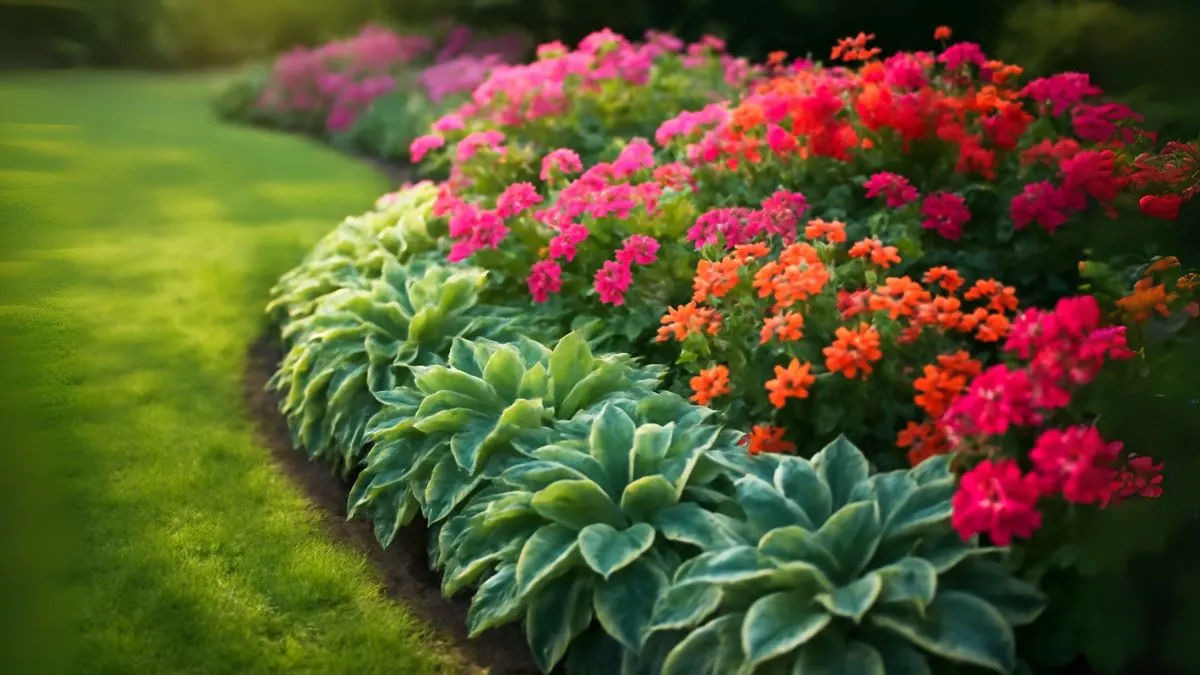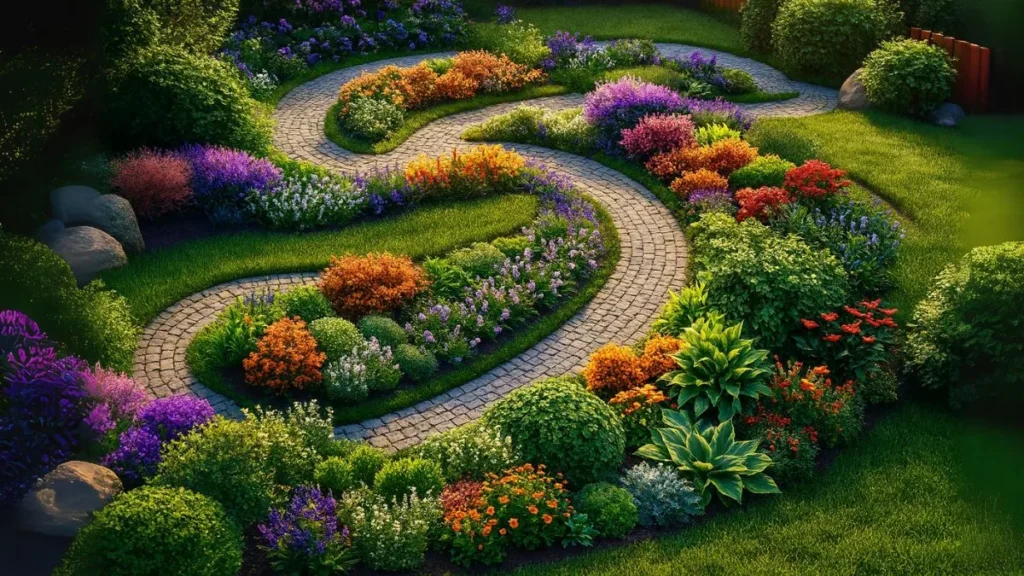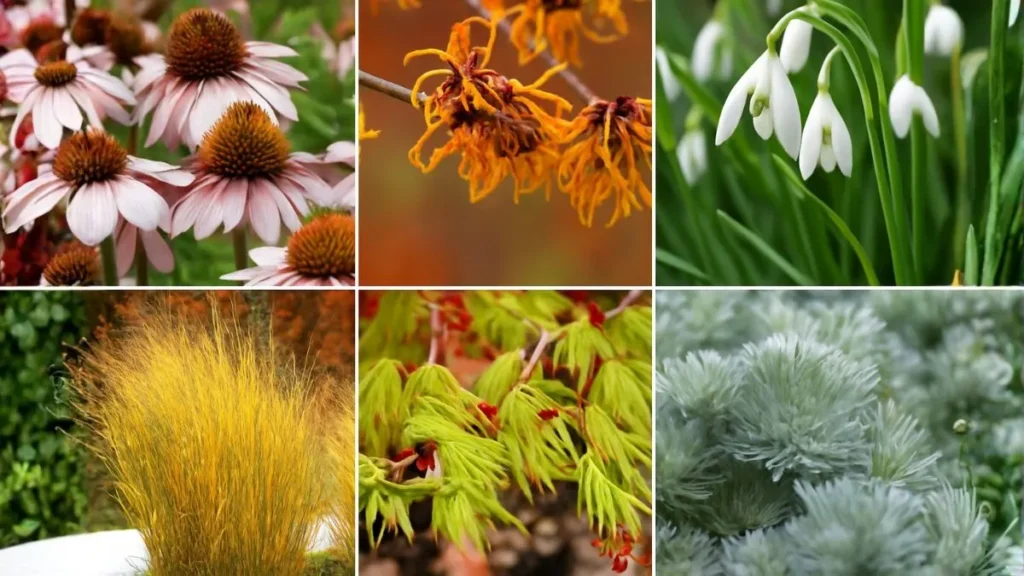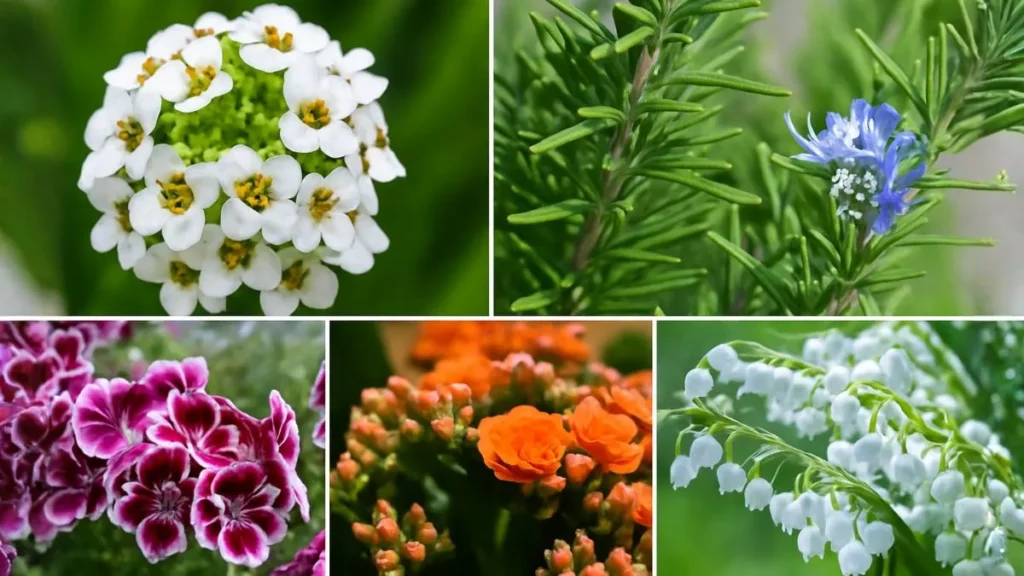Straight lines can be neat and formal, but curves have a magic of their own. Curved Flower Beds are indeed lovely because they break the rigidity of traditional garden layouts, creating soft, flowing shapes that feel more inviting and alive. Whether you have a sprawling backyard or a compact urban garden, curves can make your space look bigger, warmer, and far more interesting.
When I first redesigned my garden, I swapped out a boring rectangular layout for soft curves, and the transformation was instant. The space felt more open, plants seemed to blend naturally, and there was a sense of movement that straight edges just couldn’t match.
Getting Inspired – Explore Magnolia’s board “Curved Garden Beds”

If you’re new to curved garden design, a great place to start is Explore Magnolia’s board “Curved Garden Beds”. You’ll find everything from simple crescent-shaped beds to elaborate multi-layered curves that work in both small and large spaces. These examples prove that curves can be as subtle or dramatic as you want, depending on your style and space.
Why Curves Work So Well in Gardens
Curves mimic nature’s shapes—rivers, hills, and meadows aren’t built in straight lines. This makes them naturally pleasing to the eye. Wavy flower beds are the perfect solution to bring life and motion into your landscape, giving it depth and a sense of harmony.
Curves also guide the viewer’s gaze, making even a small space feel like it has more to explore.

The Art of Curves – Incorporate curves and angles into any design
One of the joys of garden planning is creativity. You can incorporate curves and angles into any design—whether you want gentle arcs or bold, swooping shapes.
Here are a few ideas:
- Add rounded edges to soften the corners of pathways or patios.
- Use spiral designs for an artistic focal point.
- Blend straight garden borders with curved ones for visual balance.
Types of Curved Flower Beds
1. Wavy Flower Beds
As mentioned, wavy flower beds are the perfect solution to bring life and motion into your landscape. They work especially well along walkways or lawns, framing the space in a soft, organic way.
Planting Tip: Pair perennials like Shasta Daisies, Coneflowers, and ornamental grasses for a natural, flowing look.
2. Curvy Circular Corners
If everyone in my neighborhood has curvy circular corners and swoops, there’s a reason—they create an elegant, polished look. These rounded designs soften hard edges and make the garden feel more welcoming.
Planting Tip: Layer plants—low flowers in the front, medium-height shrubs in the middle, and tall plants or climbers in the back.
3. Raised Curved Beds
Raised beds can be functional and stunning. Build them in a curve using wood, brick, or stone for a modern twist. They work well for both ornamental and edible gardens.
Planting Tip: Ideal for vegetables, herbs, or flowers. Add compost-rich soil for maximum growth.
4. DIY Curved Flower Bed
If you love hands-on projects, building your own curved bed is incredibly rewarding. You control the dimensions, materials, and exact flow of the curve.
Planting Tip: Use a garden hose to outline the curve before digging—this helps you visualize the final look.
Have fun with the layout of your space!
Garden design should never feel like a chore. Play with asymmetrical curves, mix multiple small curved beds instead of one large one, or integrate curves into your patio or deck design. The key is to have fun with the layout of your space!
Planting Ideas for Curved Beds
For gardens in Canada, the USA, and beyond, here are combinations that thrive:
- Sunny Spots: Lavender + Coneflowers + Roses for fragrance and bright color.
- Shady Corners: Hostas + Ferns + Hydrangeas for lush greenery.
- Spring Show: Tulips + Daffodils + Irises for vibrant seasonal blooms.
Design Benefits of Curved Flower Beds
- Natural Flow – Curves make gardens feel like part of the surrounding landscape.
- Visual Depth – They guide the eye, making spaces look larger.
- Flexibility – They suit both formal and casual garden styles.
- Uniqueness – No two curved beds are ever exactly the same.
My Personal Garden Experience
A few years ago, I added a curved raised bed near my mailbox. I planted lavender along the edges, dwarf boxwoods for structure, and seasonal flowers for pops of color. The result? Constant compliments from neighbors and a front yard that feels cozy yet elegant.
It confirmed for me that curved beds are indeed lovely—not just for aesthetics, but for the joy they bring every time I walk outside.
Whether you’re drawing inspiration from Explore Magnolia’s board “Curved Garden Beds”, experimenting with wavy flower beds are the perfect solution to bring life and motion into your landscape, or simply deciding to have fun with the layout of your space, curves will always add life, personality, and charm to your garden.
And when you incorporate curves and angles into any design, you’ll see why everyone in my neighborhood has curvy circular corners and swoops—because they work beautifully in any setting.






